
Some places in the world have foods that are almost synonymous with the countries they come from: Mexico and enchiladas, Japan and sushi, Germany and wiener schnitzel. But so far as Australia goes, I had no idea what their signature food was. Most Americans will jokingly say ‘throw another shrimp on the barbie’, but seeing as how Australians eat “prawns” and not shrimp, it’s a bit of a misnomer resulting from an attempt to market Australia to the US by changing the word prawn to shrimp in a series of commercials in the 1980s. And anyways, it still tells me nothing.
I’ve been frequenting the Outback Steakhouse for almost three decades now, but as I think about it, none of the actual foods really stand out on the menu, only the unique names: Botany Bay Fish of the Day, Chocolate Thunder from Down Under, the Wallaby Darned, Alice Springs chicken, Kookaburra Wings, and even their signature Bloomin’ Onion. So even the steakhouse I had trusted to help familiarize me with the foreign cuisine of another country had told me nothing after all these years. So I was very curious to see what the food here was actually like.
“Bush Tucker” is the collective term for the foods that were often eaten by the native people here in colonial times, and even now. Although edible, many of these things were considered ‘unfit to eat’ by Westerners, including kangaroos, wallabies, snakes, emus, goannas, and witchetty grubs. Fungi, nuts, and fruits were also gathered and consumed including such entries as beefsteak Fungus, quandong, muntries, and macadamia nuts. Today the term “bushfood” is more popular, and many of these nutritious foods have been embraced. Even so, eating grubs was not something I was in a hurry to do.
As a result, the Europeans were quick to bring in their own animals for food, and so sheep, cows, and goats soon arrived. An online search will reveal that roast lamb is considered the national dish in Oz, but this is really not so surprising since so much of the country is actively involved in farming and agriculture. Our territory here has a few piggeries and there are cattle everywhere. Much of the resulting beef and lamb finds it way into meat pies, which are another Aussie favorite next to “snags” (sausages).
I once received an invitation to someone’s house for dinner and was assured that they would “prepare the fatted snag” before my arrival. Snags it was then. Now the closest thing I’ve had to a hot dog here were saveloys between hunks of fresh bread with BBQ sauce. Saveloys are much more like american hot dogs, except the casing is more red than pink and they’re much more temperamental. I once tried to prepare these after Tim had provided them for smoko one day, and I quickly learned two things. First, they don’t taste quite the same as in the US and second, they are not nearly as forgiving if you steam them too long. The trauma of the experience has crippled any desire to make them again, though the birds would surely thank me. But by and large snags on bread are much more popular here and you’ll often see “sausage sizzles” advertised at events. These are sausages (not hot dogs) laid diagonally on a piece of folded white bread with tomato sauce, mustard or barbecue sauce.
Aussies put squeeze bottle barbecue sauce on everything.
For some reason, the peanut butter also tastes different, but that may have something to do with my growing up on the heavily processed stuff and not genuine peanut butter.
Khiara had told me early on that a visit to Picky’s Pies and Pastries in Monto was absolutely necessary as they had the best pies around. I thought that perhaps they specialized in pies of the pumpkin, cherry, or rhubarb varieties, but was told that meat pies are what is meant here by the word “pie”. Some friends and I stopped into one shop that had “Beef and Oyster, Steak and Kidney, and Chicken Curry” on offer, to name just a few. Sausage rolls are also big. Picky’s has desserts and breads also, and just about everything they make is absolutely delicious.
Food is referred to in different ways here. In country towns more than in the cities, “tucker” sometimes refers to food in general. “Tea” can refer to either a break, such as morning tea, but more often it’s slang for dinner. “Smoko” is how one refers to a lunch or work break. “Brekkie” is breakfast and you may invite someone over for a “cuppa”, which means a cup of coffee or tea. “Cauli, chockie, and avo” are, respectively, cauliflower, chocolate cake, and avocado. There is also something called ‘Toad in the Hole’ that involved cutting a hole in a piece of bread, cracking an egg into the hole, and then frying it.
There are other foods here that are thought of by the locals as synonymous with Australia including Lamingtons, Tim Tams, and beetroot, but many of these iconic “Australian” foods have come from other places, mainly the UK. Beet root in particular is something I still haven’t quite gotten used to. I’ve only ever seen beets as an entree pictured in Thanksgiving dinners and only tried them once or twice, but people here love it on sandwiches with meat, cheese, and vegetables. They are actually pretty good, to be honest, but I just can’t bring myself to make one. I think perhaps the impulse that forces me to remove the olives from antipasto salad and the tomatoes from a BLT before eating it, is the same impulse that won’t let me consciously place wet slices of beetroot between two pieces of bread. But maybe, like wrangling a Huntsman with my bare hands, doing so will one day allow me to rightly lay claim to honorary Aussie manhood.
Another contender for most notable Aussie food stuff is a powder known as Milo, which actually is an Aussie invention. It’s a bit like Nestles Quik, but contains malt and is marketed as a healthy products for kids with most ads and labels featuring active, healthy youngsters engaged in various sporting activities. The stuff is loaded with carbs, mostly in the form of sugar, but if you want a child to perform, then I suppose chocking them full of sugar is the quick and easy path. Milo is usually mixed with hot water or milk as a popular drink, but it is also sometimes sprinkled over ice cream. On one occasion, Tuula and I even dipped steak into it and it was delicious! Though invented here, Milo is now popular in many other parts of the world as well.
Then there were the desserts I’ve been able to try such as sticky date pudding, custard over apple pie, and another one called “trifle” which consisted of brown spongecake, cherries, peaches, custard, and jelly. Discovering Chocolate Mint Tim Tams has been a game changer for me because they are the closet thing to Girl Scout Thin Mints that I can find here.
I’ve never been much on grilling, but here it was the way I was shown to quickly and easily prepare a pretty decent meal without much prep or cleanup. Perfect for a bachelor. For the most part veggies and meats were easy to prepare, and so became a staple of my diet.
You know, it finally occurs to me at the very end of this post, that there actually is one food that is absolutely, and correctly, synonymous with this great Southern land, and we can once again thank Colin Hay for this.
How could I have forgotten Vegemite?!
The British have something similar called Marmite. (Speaking of Marmite, according to legend, a friend of mine actually ate some of it once as one of the Herculean feats he was tasked with accomplishing at the behest of his English mother-in-law-to-be in order to win the hand of her daughter, now his bride.) Marmite is a type of salty, malty, bitter sandwich spread made from the left over yeast extract from breweries. Though it was beloved by Aussies, World War One disrupted the supply of the stuff from the UK. So in 1919 an Australian company set out to create its own version using the same products in addition to salt and vegetables, and so Vegemite was born, though it didn’t receive its name until 1923. Most often it is lightly spread over toast and butter, but it can also be used in the fabled “Vegemite sandwich” of legend, which, in it’s most basic form consists of bread, cheese, and Vegemite. A persisting rumor here is that if one eats enough of the stuff, which is packed with B vitamins, then the mozzies will leave you alone. However, while far away, non Vegemite-eating Food Network Canada swears that this works, University of Sydney “mosquito expert” and actual Australian, Professor Cameron Webb, says that there is no evidence to support the claim.
Regardless, that didn’t stop me from downing a half a jar out of sheer desperation during the summer months anyways with wide, hopeful eyes. Somehow I can sense that as I’m admitting this, Australia must be eyeing me disapprovingly, slowly shaking its head, and shooting me a look that bluntly suggests that I “Man up”.
There is much more to talk about, but the next stop on our Aussie food tour will be the local grocery store.
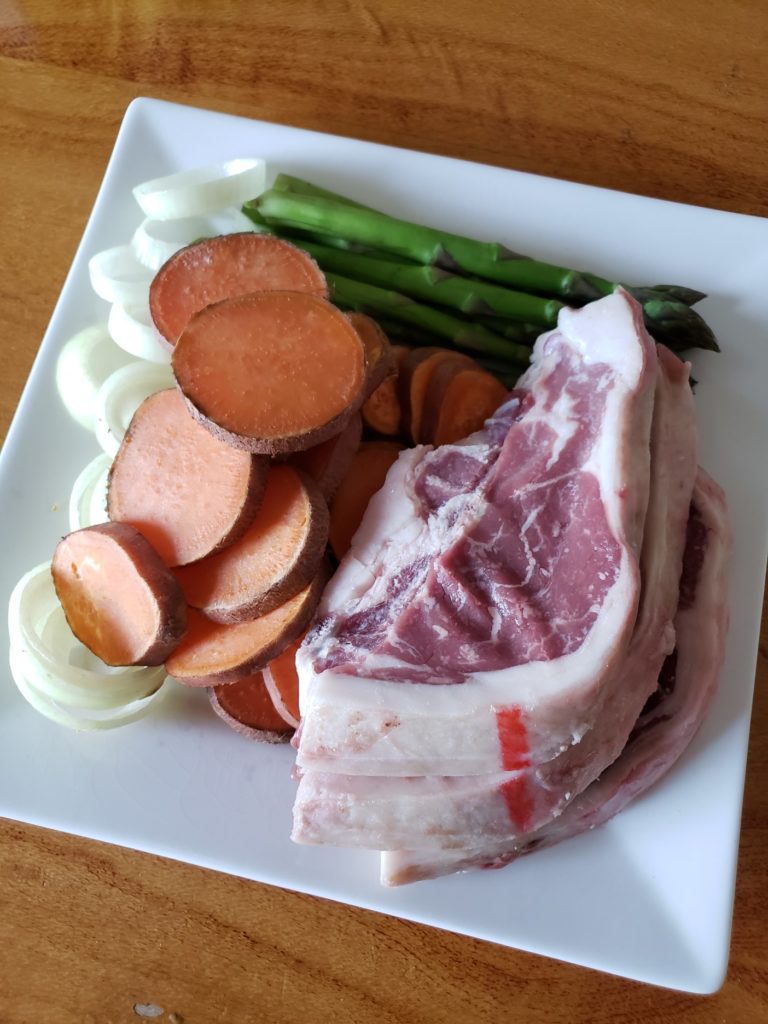
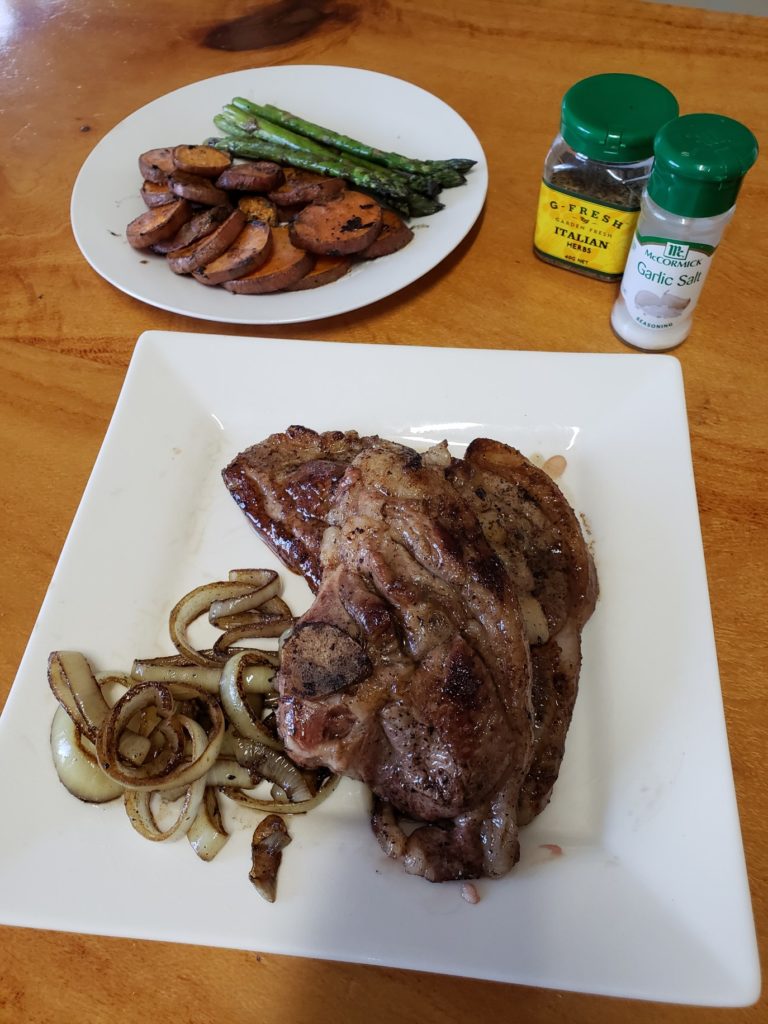
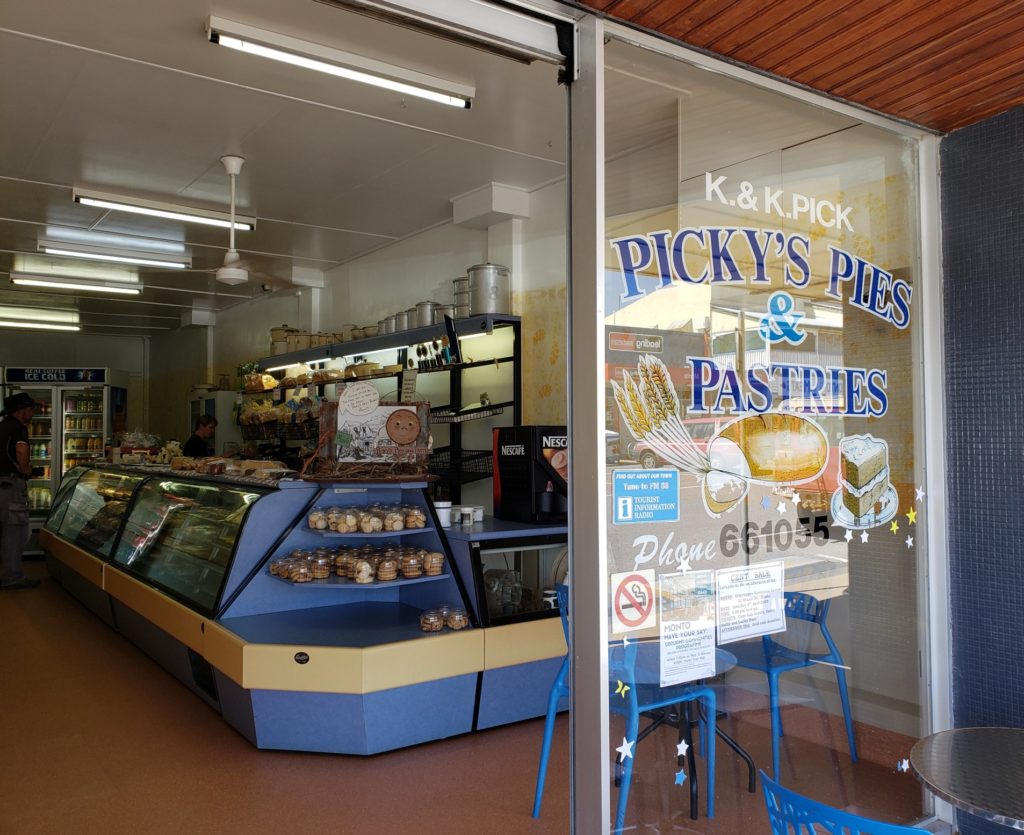

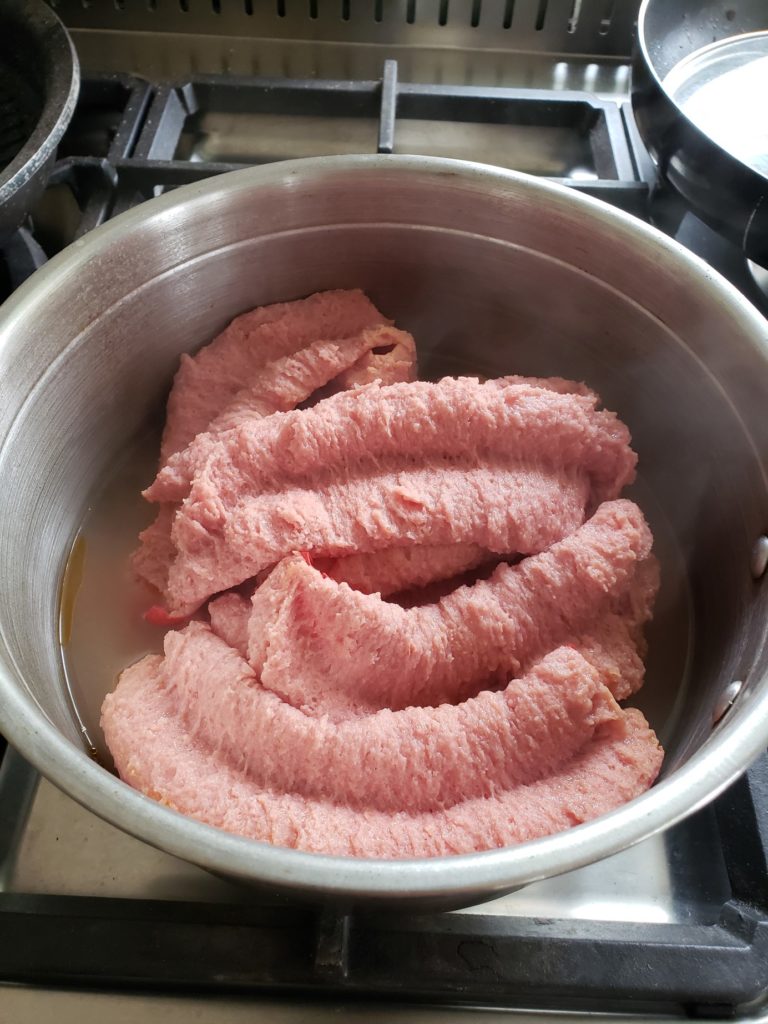
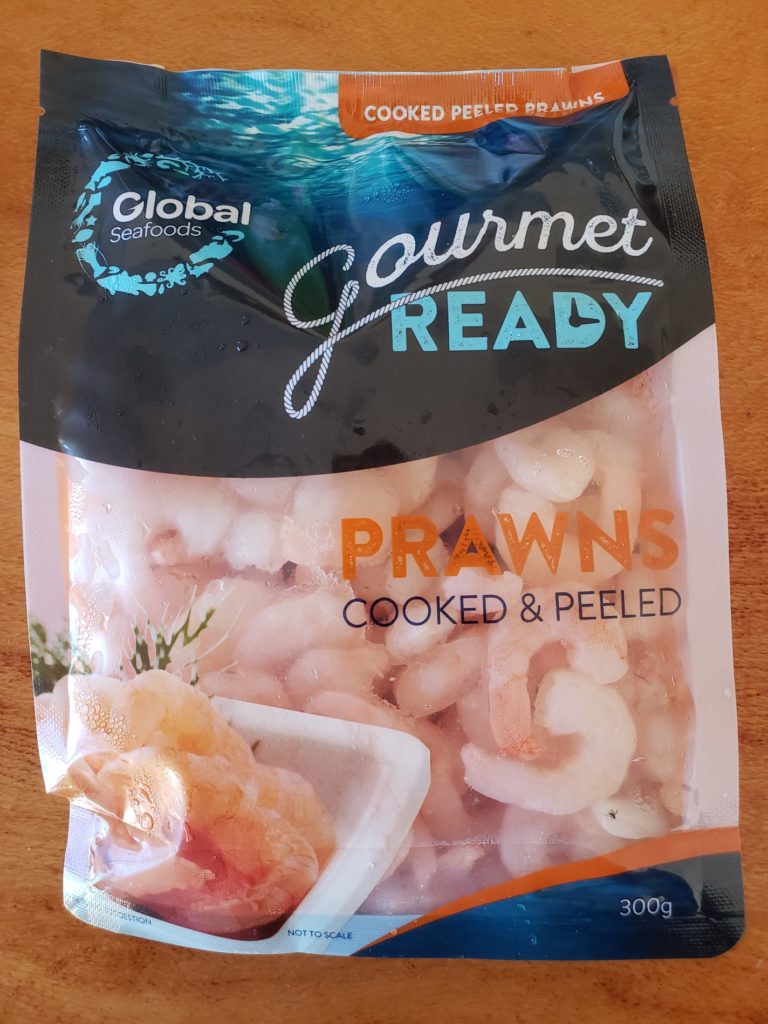
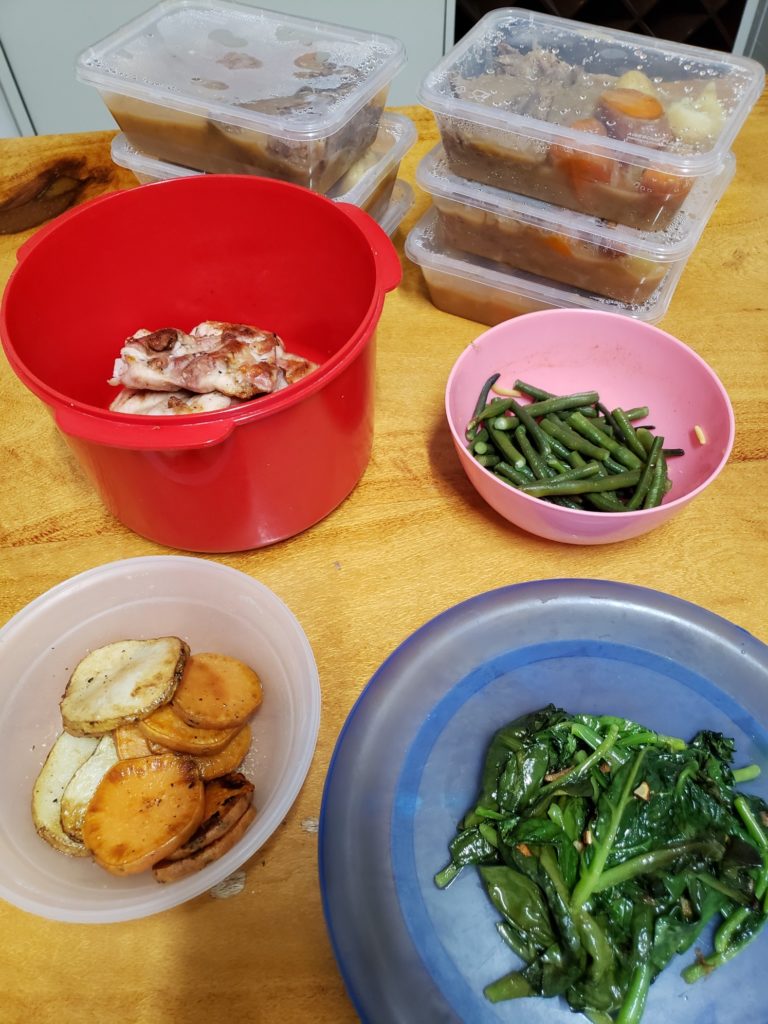

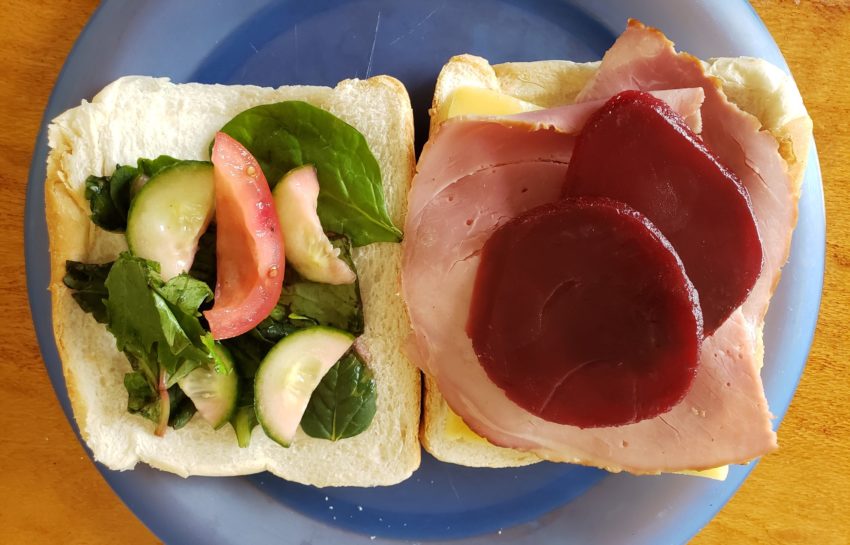

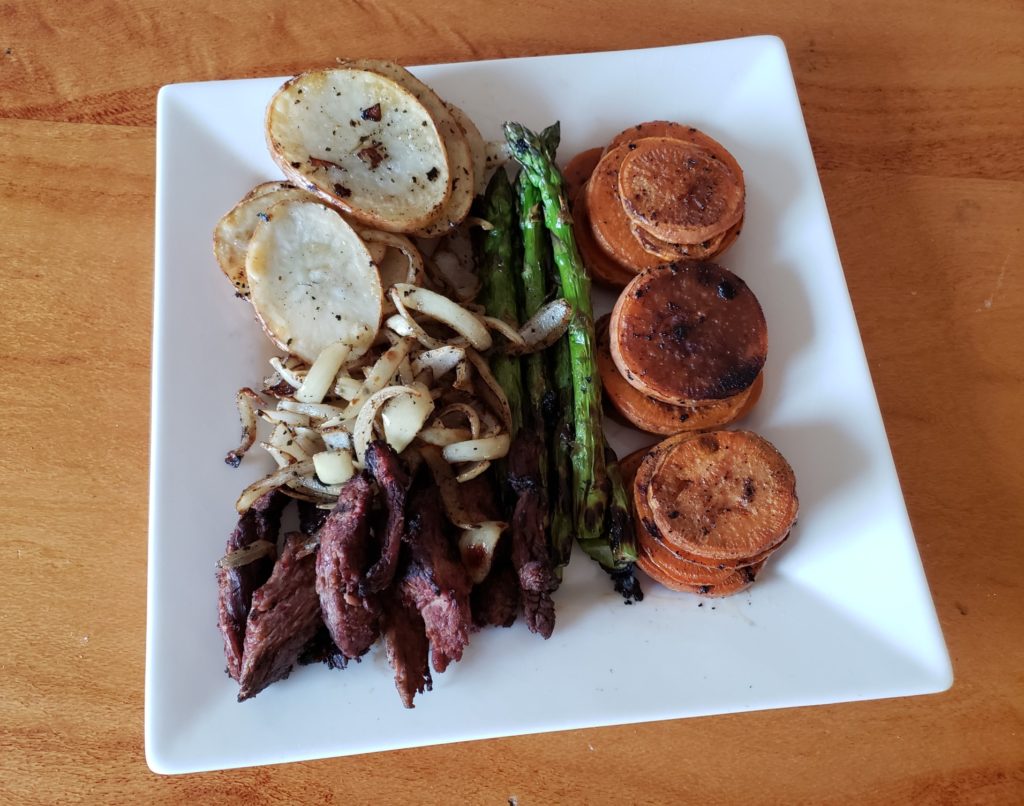

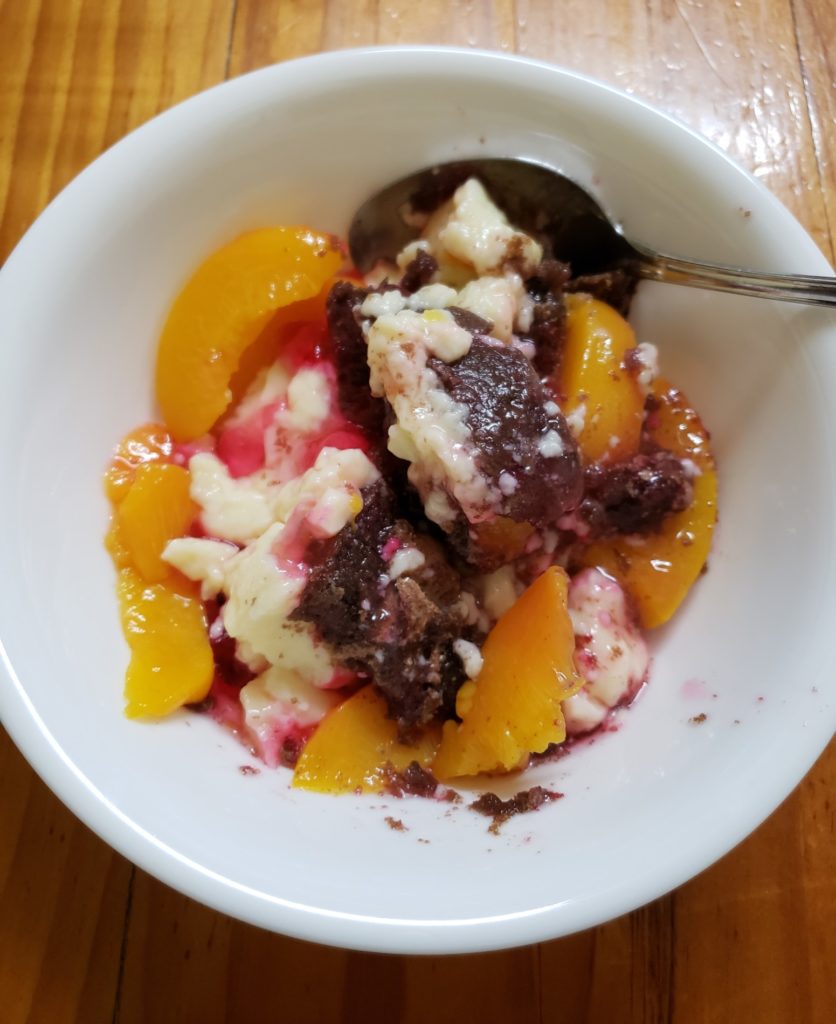
I became familiar with a product by the name of Nido in Chile. And it is much like what you described the milo. It’s for kids and it’s powder. The kids just loved it. Many vitamins in it chocolate taste.
yeah those hot dogs didn’t look too appetizing by the time you cook the heck out of them…🤣
What?! No Men at Work “Down Under” reference?
I did mention Colin Hay in that post. Also see references in the posts ‘May 6th’ and ‘In Other Words’, not to mention a parody of the song in the ‘Covid-19 Update’ post. BAM! Nothing more, your honor. The defense rests.